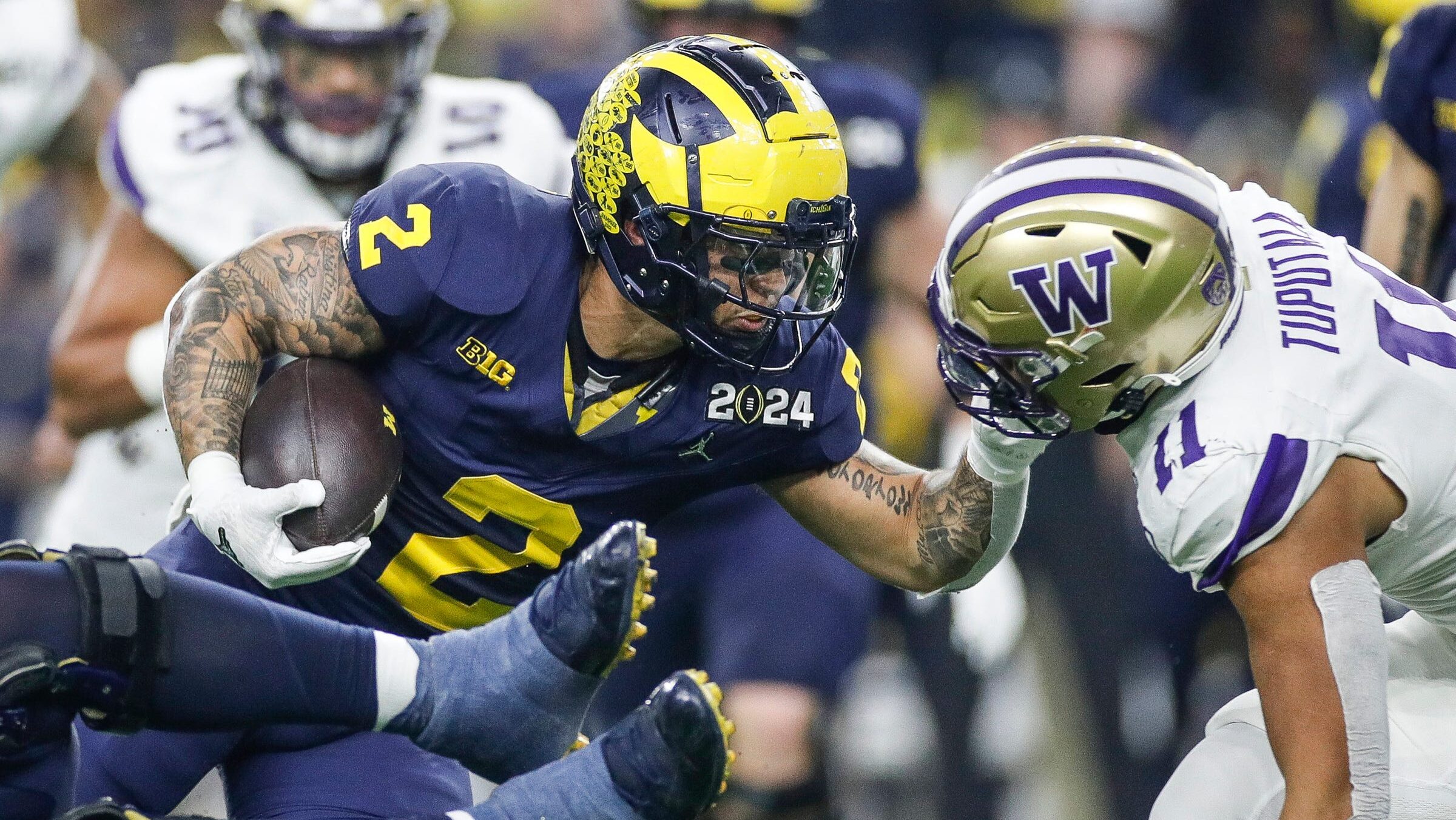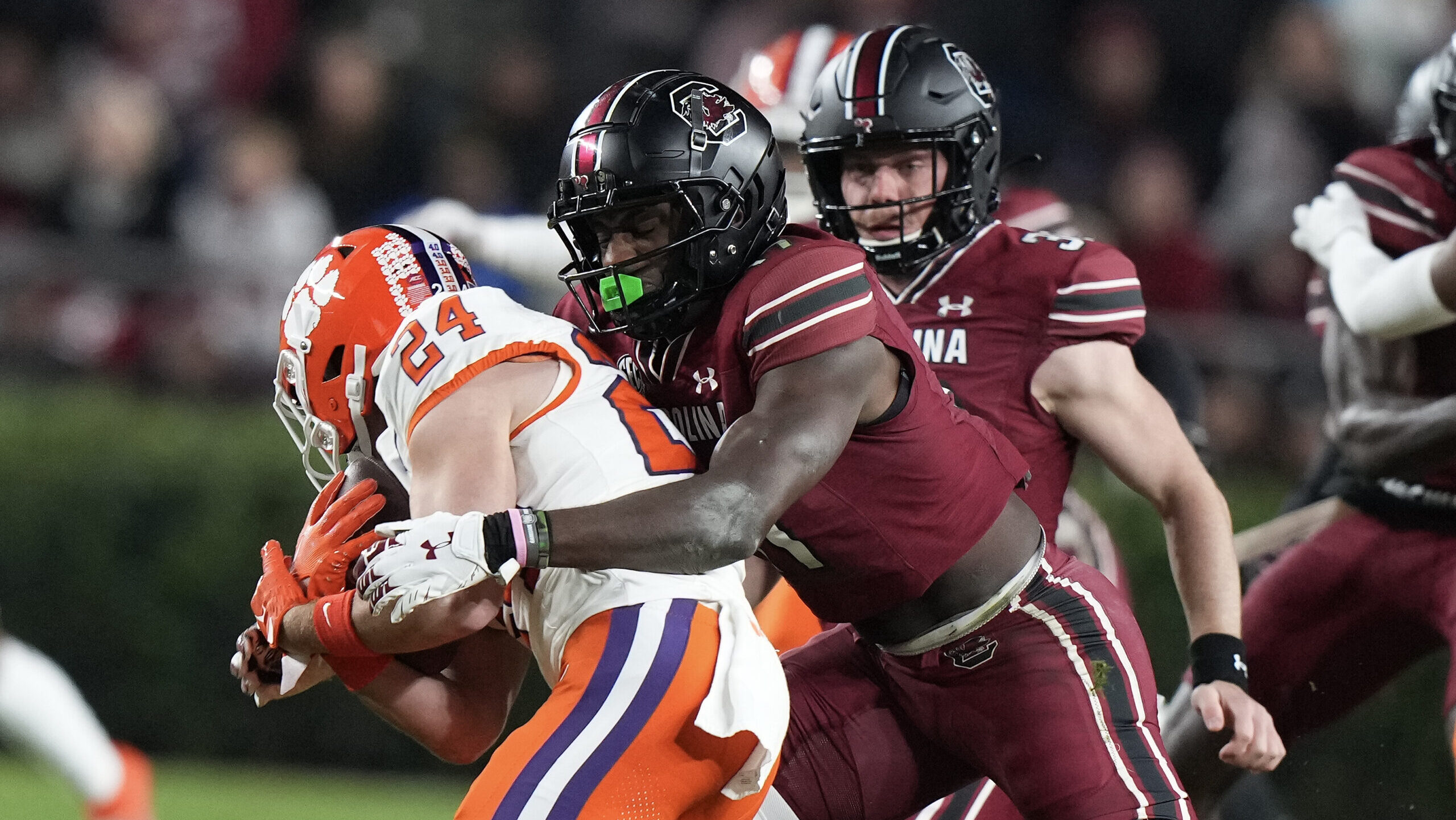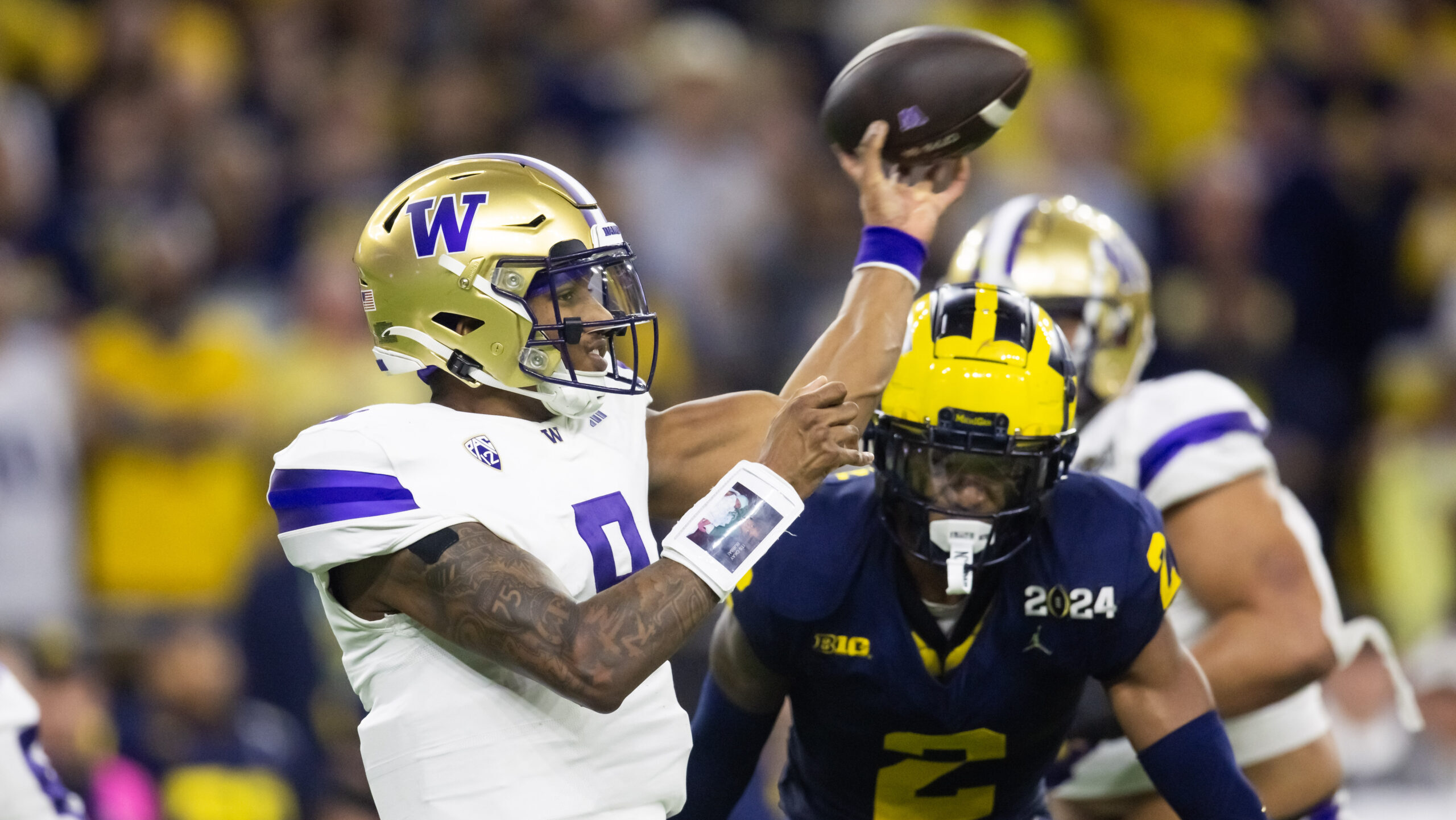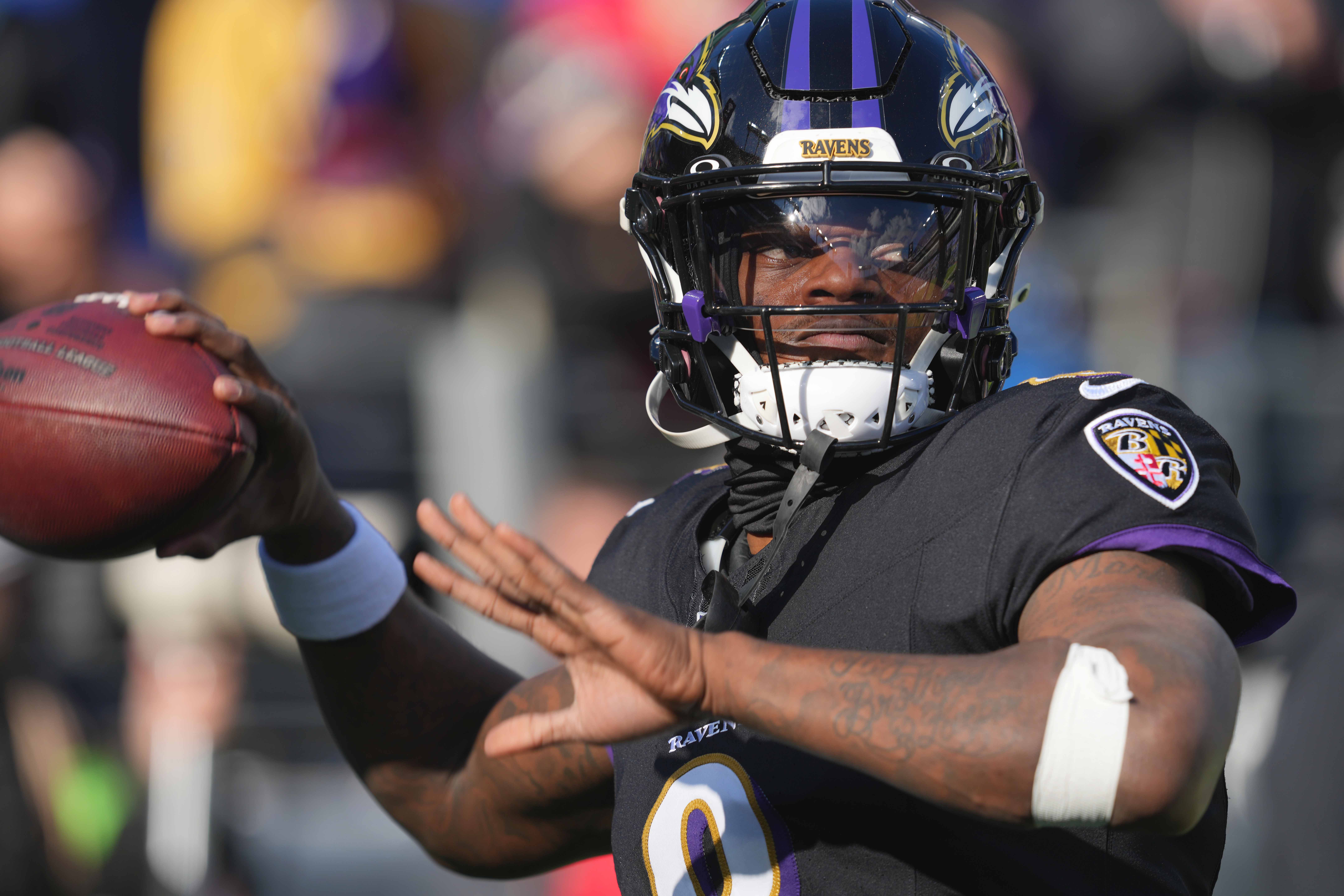Analysis
8/2/22
9 min read
Drafting Backward Strategy & Players To Target
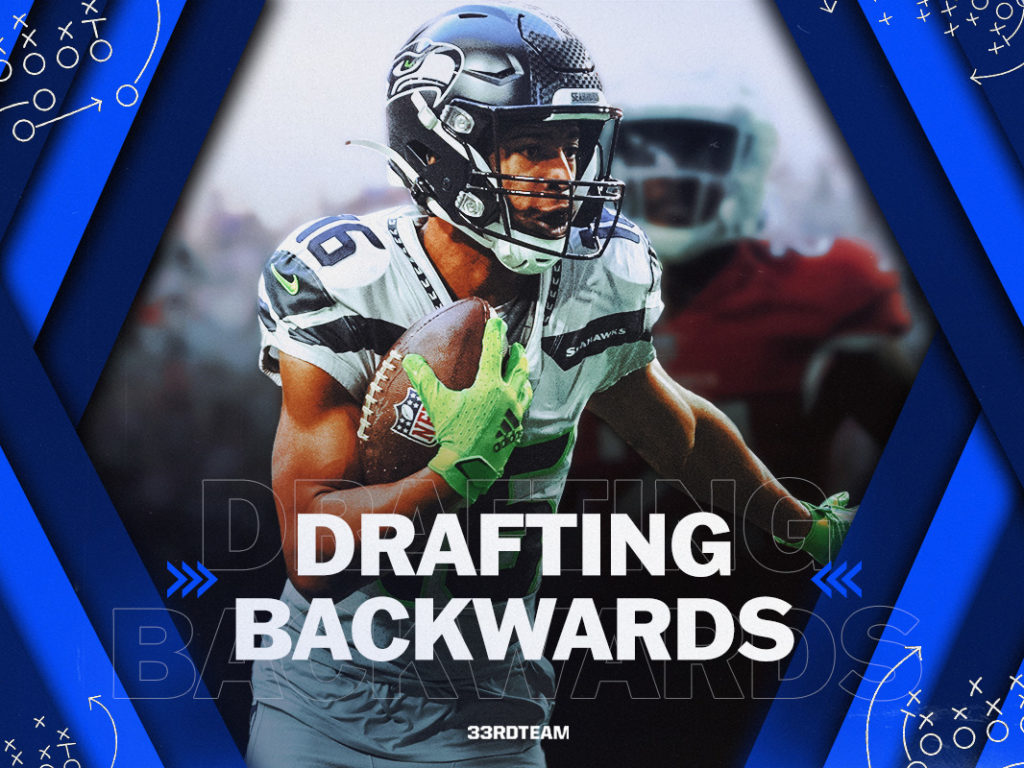
In fantasy baseball, one strategy involves drafting backward or building a draft from the back. So what does that mean? Essentially, it’s an attempt to find players that could provide similar production. Or find players with similar skills to a player going earlier in drafts. Name value or recent success, struggles, or uncertainties cause a player's ADP to shift. The breakout players that smash their ADP usually help win leagues.
We can use this same strategy in fantasy football leagues by finding certain player archetypes and skill sets to pair down your player targets. After discussing the backward drafting strategy, I’ll discuss later ADP player alternatives. When studying ADP and preparing for fantasy drafts, we want to stay the course even in the late rounds instead of wasting picks on players with limited upside.
Draft Strategy – Drafting Backward
One of the components of this draft strategy involves scouring the player pool to identify players earlier and later in drafts that may have skills you can’t find at other parts of the draft. For instance, we know some of the top-12 running backs in ADP project to have the rushing and receiving volume that’s hard to find later in drafts. However, we want to prioritize a back's receiving ability, especially in PPR formats.
For example, in a Zero RB build I like to target player profiles early that aren't readily available later or earlier in drafts. I'll often incorporate the backward drafting strategy with Zero RB because it's a part of the process. We want to take elite receivers or tight ends early because that production is not readily available in the middle to late rounds, or we need to hit with player targets later. Many of us have heard of the running back dead zone, but the wide receiver dead zone also exists. Granted that these visuals below apply to best-ball leagues, but these also translate to redraft leagues.
Using the RotoViz Best Ball Win Rate Explorer, we see Rounds 4-9 show evidence of the RB dead zone. These heat maps help us visualize where we can find positional fades and values with data from 2017-2021 via the FFPC 1-QB drafts.
From rounds 8-11, we notice a WR dead zone, where it becomes hard to find league-winning receivers in the ADP zone. As with any strategy, we must be flexible and consider running backs or receivers in the dead zone if they fall past ADP or our research hints at a buying opportunity.
Overall, it's worth noting that ADP has become more efficient each year with more data and information readily available.
So why is this data relevant?
Knowing where you can find an edge during drafts based on positions to target or avoid can help set you up for success. Sure, roster construction, league settings, and all that matter too. However, if the data indicates we should be cautious in the RB or WR dead zone, we should add that to our toolbox.
That doesn’t mean to avoid all running backs or receivers in those areas of the draft, but rather make sure you have positional targets and don’t reach too much to fill a roster spot. I (admittedly) made this mistake before by filling my RB2 roster spot with a safe player. But that's a losing strategy if you didn't select a player with more potential to explode based on the efficiency or paths to volume.
Player Alternatives for Drafting Backward
Although we won't give away too many players of my targets and alternatives, we’ll provide three interesting players with comparable skills using the backward drafting strategy. Of course, we’ll include data to back up the reasons and potential concerns given their profile.
Tyler Lockett (Underdog ADP 99.7, WR47)
After making a ridiculous trade to acquire Jamal Adams, where the Seahawks sent two first-round picks (2021 and 2022), a 2021 third-round pick, and their safety Bradley McDougald, the team made an offseason splash trade with the Broncos. Seattle traded away their franchise quarterback in Russell Wilson for Noah Fant (TE), Shelby Harris (DE), and Drew Lock (QB), plus a pair of first-round and second-round picks, signaling they're rebuilding and retooling.
Seahawks' Team Context
Throughout Wilson's career, he remained one of the most efficient quarterbacks, evidenced by the 7.7 Adjusted Yards Per Attempt (No. 6) in 2021, 7.3 (No. 13) in 2020, and 8.0 (No. 8) in 2019. With their old-school coach Pete Carroll, the Seahawks ran the fewest total plays (989) and play per 60 minutes (57). Interestingly, with a low play volume, the Seahawks ranked eighth in seconds per snap in neutral game scripts, meaning their pace of play remained above average.
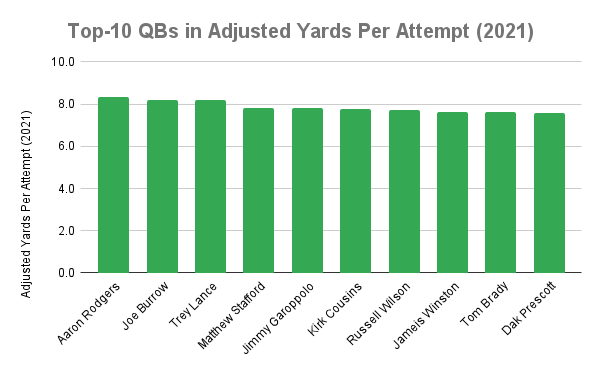
Interestingly, Geno Smith averaged 7.0 AY/A, which would have ranked 17th if he qualified tied with Derek Carr in 2021. It’s a small sample of four games with a low volume of pass attempts at 23.7 per game. In 2020 with the Broncos, Drew Lock ranked 30th with 5.6 AY/A, which remained similar in six games played in 2021 at 6.1. It’s a downgrade at quarterback, but expect Lockett to garner a 22-24% target share like over the past few seasons.

Weaker teams don't run many plays, and the play volume could remain depressed in 2022. Over the past three seasons, the bottom six teams increased in play volume for an average of 128 plays. The lone exception includes the Jets in 2019 and 2020, running nine fewer plays the following season. Expect the team's play volume to increase, but it might be minimal.
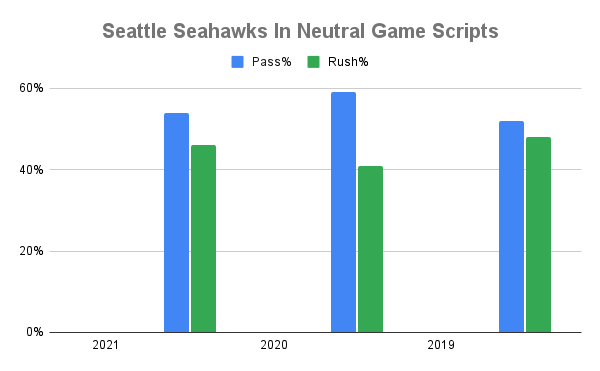
During neutral game scripts, the Seahawks ranked 19th in Pass% and 12th in Rush%. Those trends likely remain steady in 2022 with Drew Lock or Geno Smith at quarterback. We remember the league-winning stretch by Rashaad Penny from Week 13-18 when he garnered double-digit rush attempts.
Why Lockett In 2022?
During Weeks 13 to 18, Penny averaged 17 carries with 117.1 rushing yards per game. Meanwhile, Wilson averaged 29.3 pass attempts per game and 217 passing yards per game. Those passing numbers aligned with Wilson's season-long Team Pass Plays Per Game at 27.6 (No. 32) and passing yards per game at 222.4 (No. 22).
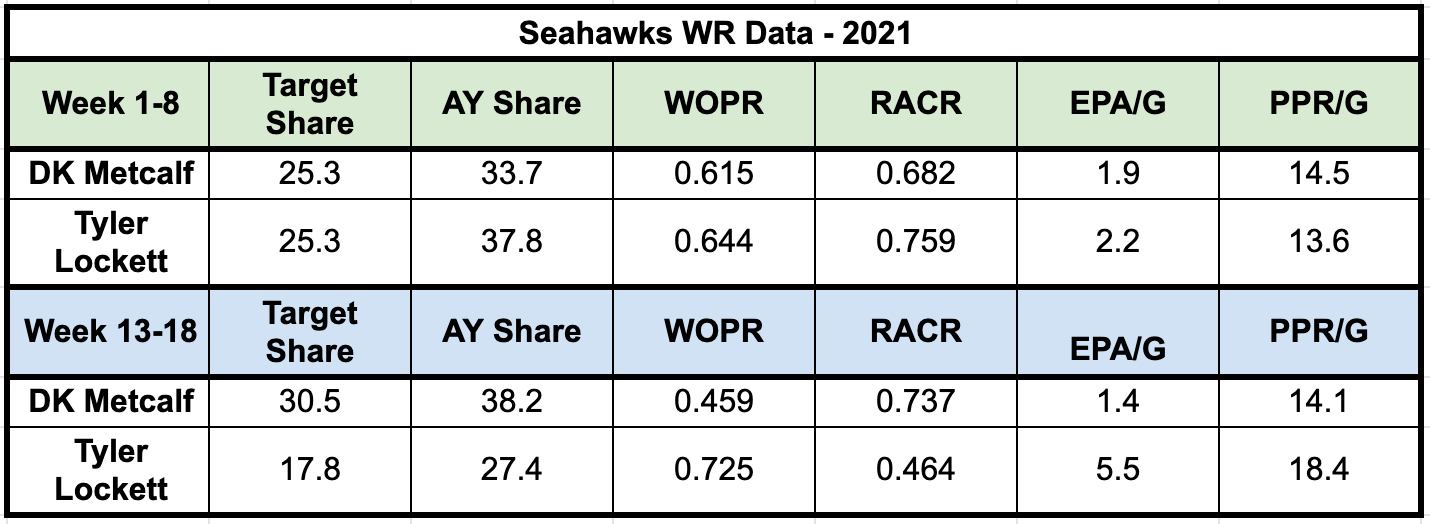
Although it's not positive to see Lockett's target and air yards share drop from Week 13-18, he produced 18.4 PPR/G due to efficiency via the five touchdowns and 5.5 EPA/G versus Metcalf's 1.4 EPA/G. Expect similar trends in 2022 with the lower pass volume and quality with Smith or Lock at quarterback.
In conclusion, let's touch on a few more metrics that make Lockett a potential receiver value that could outproduce receivers going as WR2s like the Twitter darling in Gabriel Davis. I’m partially joking with Davis, as it’s probably a bold prediction unlikely to occur. Amongst receivers with 200 routes, Lockett ranked eighth with 2.49 YPRR between Ja'Marr Chase and Tee Higgins and the tenth-highest AY/G at 97.6. Expect Lockett to garner a WR2-type opportunity with potential boom weeks going as a WR4. Think Brandin Cooks of past seasons.
Michael Carter (Underdog ADP 144.6, RB 46)
As a rookie, Michael Carter's underlying metrics made him a potential Year 2 breakout candidate. Unfortunately, the Jets drafted an elite talent in Breece Hall, who tempered those expectations. Carter finished top-12 in yards after contact (YAC), broken tackle rate, and evasion percentage.
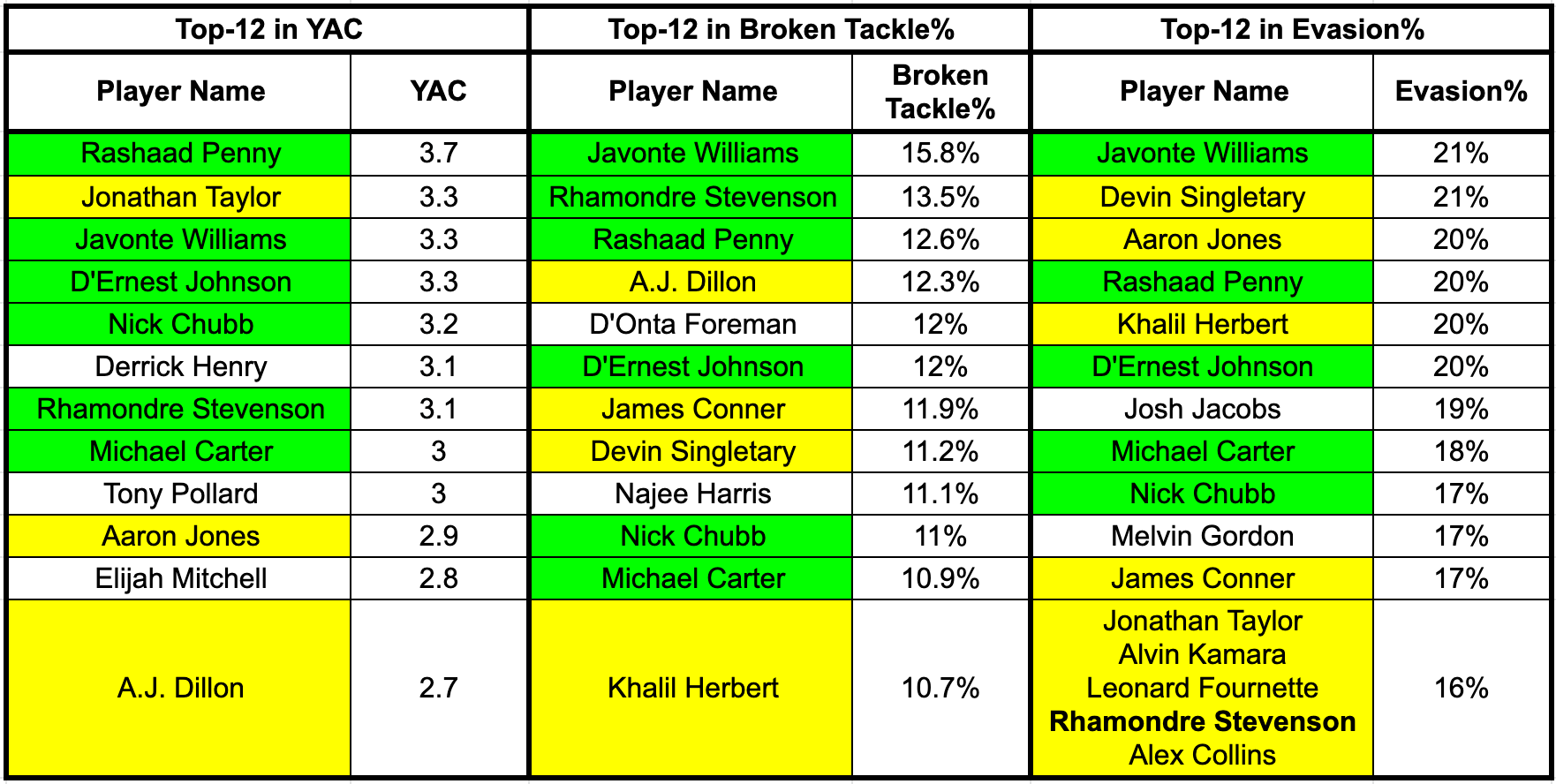
The ability to break and evade tackle while creating YAC put Carter in near-elite company amongst backs with 100 rushing attempts in 2021. There is a scenario where Hall dominates the opportunities as a rookie, leaving little for Carter, similar to Najee Harris.
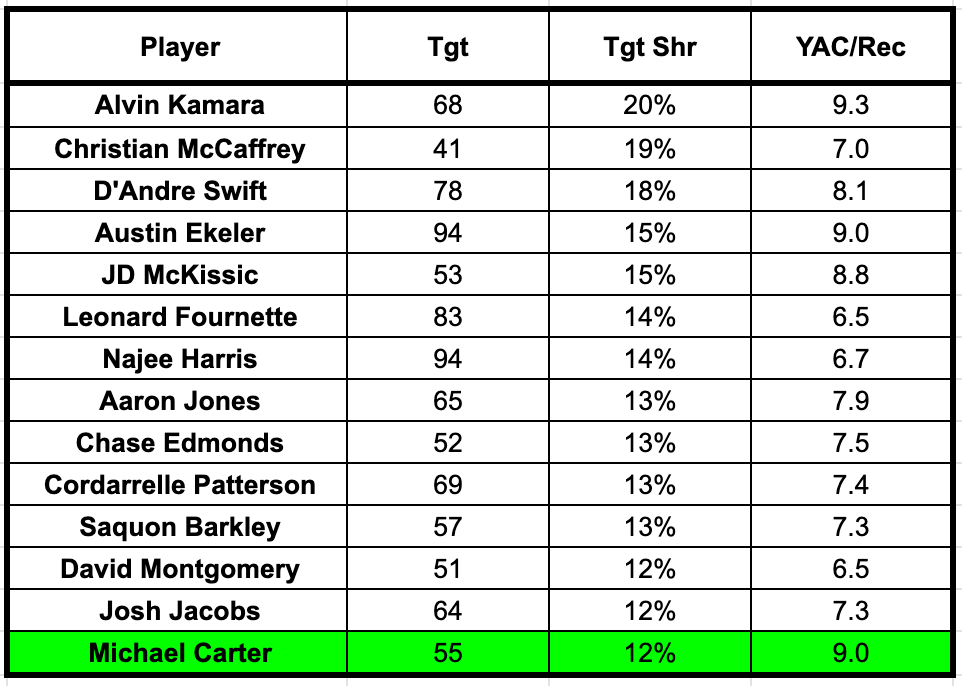
However, Carter could chip in via the receiving game, where he showed the pass-catching skills, evidenced by the 12% target share (No. 12), nine yards after the catch per reception (No. 6), and the 16th-most receiving EP/G at 5.5. Even if Carter doesn't earn that role, he's the perfect Zero RB target since he could provide standalone value or RB2 upside if Hall misses time. In theory, Carter has more upside than Clyde Edwards-Helaire, Rhamondre Stevenson, and Melvin Gordon.
Wan'Dale Robinson (Underdog ADP 193.9, WR83)
If you're looking for a cheap stack, look no further than Daniel Jones and the Giants' receivers. While I love Kadarius Toney's profile, rookie Wan'Dale Robinson possesses skills similar to Toney as an athletic receiver with rushing and YAC ability. It's also reasonable to expect the Giants' offense to improve with new head coach Brian Daboll. Robinson might seem buried on the receiver depth chart, but Kenny Golladay, Toney, and Sterling Shepard all missed time for injuries or other reasons in previous years. There's also a chance that Shepard doesn't return effective and fully healthy from his torn Achilles injury in 2022.

At Nebraska, Robinson broke out as a freshman with a 95th-percentile Breakout Age. Then in 2021, Robinson posted a peak season of 1,334 receiving yards for Kentucky, translating into a 45% receiving yards market share and 36% receiver dominator. Some of Robinson's top comps include Paul Richardson, Elijah Moore, and Rashod Bateman. Hopefully, Robinson follows the path of Moore and Bateman versus Richardson, though Robinson's upside path looks murkier.
In 2021, Daniel Jones averaged 6.0 AY/A (No. 23), which slightly improved from 5.5 (No. 31) in 2020. Hopefully, Jones' efficiency will improve in 2022. However, the passing volume should be available with the tenth-most Team Pass Plays Per Game at 34.9 in 2021. Expect the Giants' Pass% to increase from the 13th highest Pass% (58%) in neutral script with their new coaching regime. While we can't expect the second-highest Pass% at 64% like the Bills in 2021, I think we have sneaky upside with the Giants in 2022. In the later rounds, we have low-risk and high-reward options when drafting backward. Queue up Robinson as one of your last-round picks because he might surprise the fantasy world.
Conclusion of Drafting Backward
To wrap this up, let’s sum up the main points.
- Scour the ADP and player pool to find players going later in drafts that you prefer in drafting backward.
- Keep a mental note of the RB and WR dead zone, but don’t avoid it.
- Look for player skills, efficiency, and paths to opportunities that could boost a player’s value that may not align with their ADP. Often, we find players going later in drafts that could produce similarly to players with an earlier ADP for various reasons.

